
1st Airlanding Reconnaissance Squadron
1st Airlanding Reconnaissance Squadron
The Army Council had established the new Reconnaissance Corps in 1941, to replace the light cavalry units which preceded them. The corps was intended as an elite formation manning fast vehicles required to take heavy punishment whilst delivering concentrated fire power, with operations effectively co-ordinated by complex but efficient wireless communication. Press publicity put the corps on a par with commandos and paratroopers. Whilst this was skilful publicity, the corps' designated function was to go forward to obtain and pass back information. In fact because of its fire power and mobility, it was often used as an attack force or emergency defence force as circumstances demanded.
The newly formed Airborne Division required its own recce unit but initially the only glider available was the Horsa. Their limited carrying capacity restricted the Airborne Division to airborne jeeps, rather than armoured cars.
Formed originally from 31st Independent Anti-Tank Company, the recce force first emerged in January 1941, retitled as 31st Independent Reconnaissance Company.
By November 1941 it became a full gliderborne unit, renamed as 1st Airlanding Reconnaissance Squadron.
With Major Freddie Gough as Officer Commanding, it quickly became known as Freddie Gough’s Squadron (or FGS for short). Most squadron recruits were volunteers from other recce regiments, whilst others came straight from the two recce training depots. Freddie Gough set exacting standards in search of 'the best of the best', in selection and everyday duties. Discipline was strictly adhered to, which assisted in creating an efficient unit and a strong bond across squadron members.
By April 1943, the squadron was stationed at Bulford with about 250 men before being sent to North Africa to join the rest of 1st Airborne Division, aboard a converted liner The Staffordshire bound for Oran, Algeria. Once in North Africa, a training base was established across the Tunisian border at M'Saken, near Tunis. This was to include training with the new WACO gliders. Due to the initial shortage of pilots however, some of the squadron were given rudimentary training and assisted in the manoeuvre of the gliders around training locations. The oversight contributed to the sqn missing the Sicily campaign, and some were drafted into driver transport duties in North Africa in summer 1943.
The squadron was finally deployed into action when 1st Airborne Division joined the seaborne invasion to the east coast of Italy in September 1943, travelling onboard the USS Boise to Taranto Harbour. The squadron advanced with the divisional forces against German airborne troops in the wine-growing regions of the peninsula and were consistently engaged as the division eventually reached Bari, then taking an airfield near Foggia, although it lost a number of casualties along the way. The squadron had distinguished themselves in their first operation against what were generally regarded to be a high quality opposition.
The squadron finally returned to Philipville, via Taranto, to sail back to the UK for Christmas 1943. Once back in Britain the squadron was initially billeted at Spalding, Lincs, before being moved on to a new home at Ruskington in the New Year.
When in February 1944 it became clear that glider resources would be limited, it was decided that a partial conversion was required; a squadron contingent would be required to jump into action.
One squadron member remembers: 'I shall never forget the day in February when Freddie had the whole squadron on parade and announced that on our next operation there would not be enough room for us in the number of gliders we had been allocated and that we would have to jump. While some of the boys had volunteered to jump while we were in Africa the majority [had not]. Cunning Freddie announced that he expected most of us would volunteer, because any man who didn't would be posted. So men who did NOT want to volunteer to jump should take one pace forward. Not a man moved!'
With its revised role the unit became known as 1st Airborne Reconnaissance Squadron in 1944.
Officer Commanding
| 1941-44 | Maj F Gough MC TD |
Further reading
Robert Hilton, 'Freddie Gough's Specials at Arnhem'
Richard Doherty, Only the Enemy in Front (Every Other Beggar Behind): The Recce Corps at War, 1940-1946 (1994), Tom Donovan: London.
John Fairley, Remember Arnhem: Story of the First Airborne Reconnaissance Squadron at Arnhem (1990) Peaton Press.
With kind assistance from Pip Tyler
Read MoreNewsletter Signup
Donate
Make a donation to Airborne Assault ParaData to help preserve the history of The Parachute Regiment and Airborne Forces
The Airborne Shop
The Airborne Shop is the official shop of Support Our Paras (The Parachute Regiment Charity RCN1131977).
Profits from all sales made through our shop go directly to Support Our Paras, so every purchase you make with us will directly benefit The Parachute Regiment and Airborne Forces.

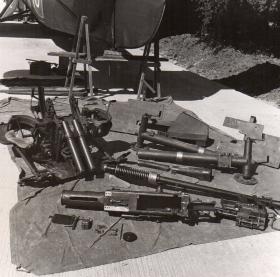
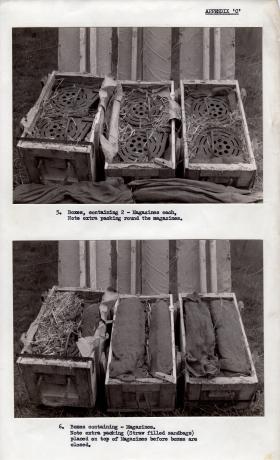
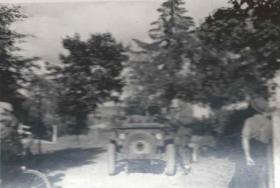
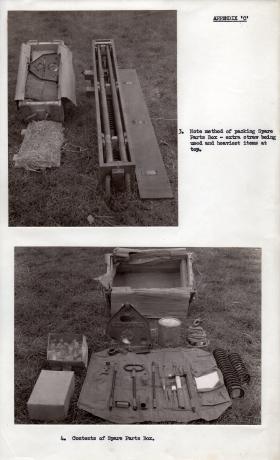
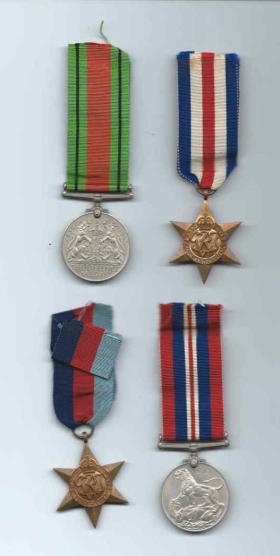
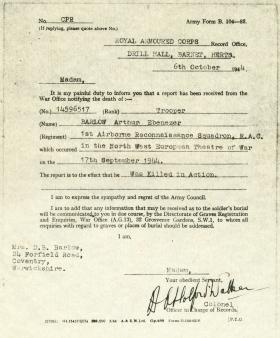
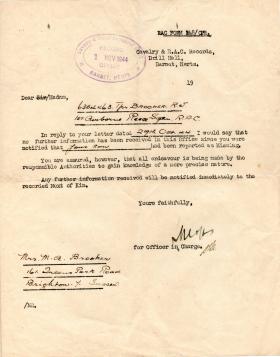
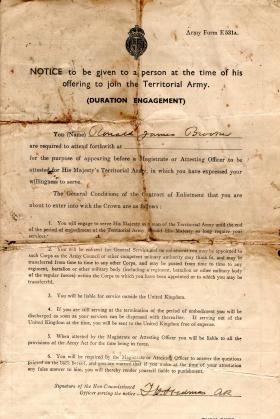
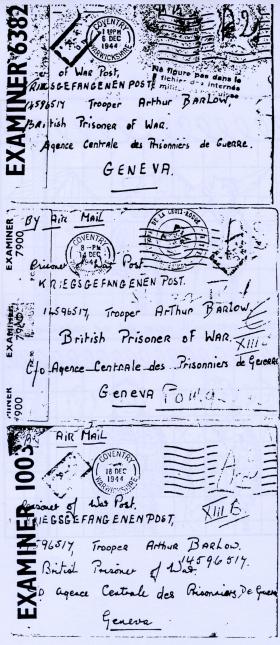
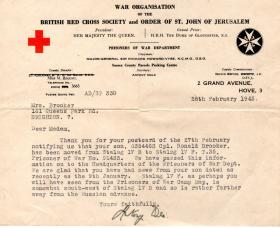
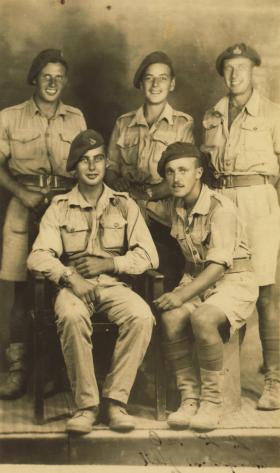


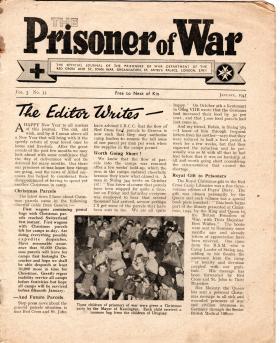
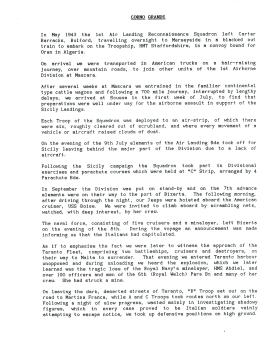
Latest Comments
There are currently no comments for this content.
Add Comment
In order to add comments you must be registered with ParaData.
If you are currently a ParaData member please login.
If you are not currently a ParaData member but wish to get involved please register.